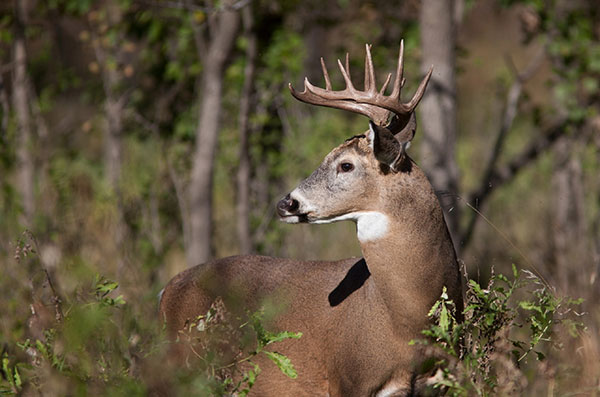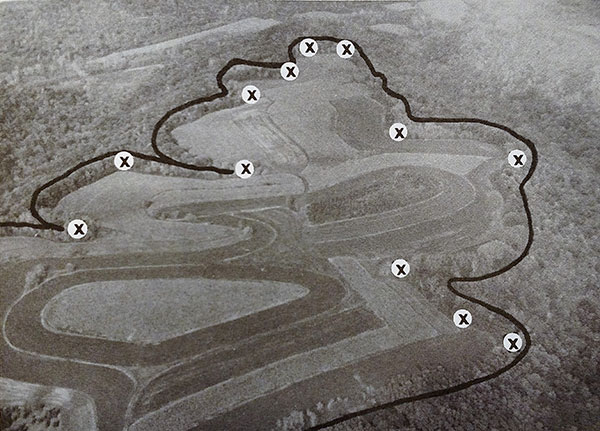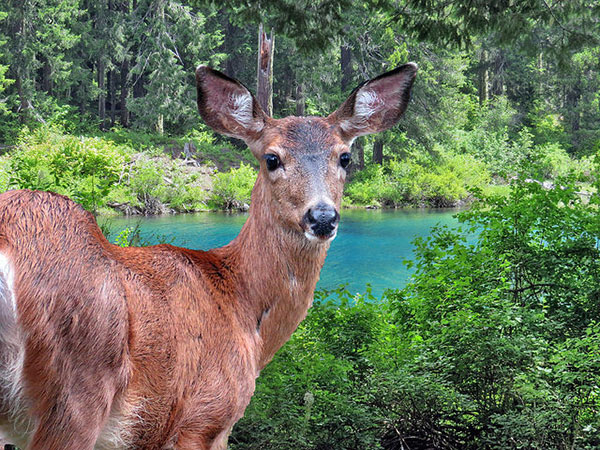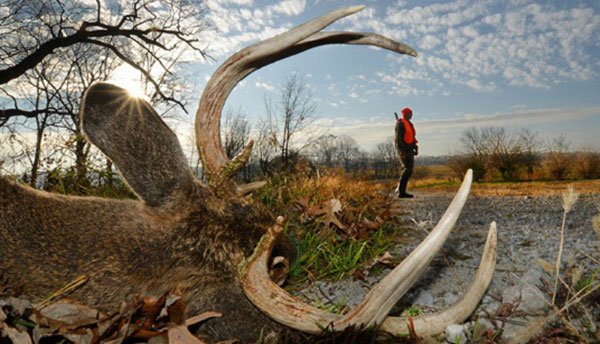- Details
(Excerpted from "Calling Whitetails: Methods, Myths and Magic," by Gary
Sefton)
 The Mechanics of Deer Calling
The Mechanics of Deer Calling
The trick to calling anything is in knowing what to say, when to say it and what it should sound like. You will need more than precise written descriptions of the actual and the artificial sounds.
Go to Google, type in 'deer vocalizations' and listen to the live deer recordings. Once you know what a vocalization should sound like, you will need an accurate device to reproduce the sounds. Different ears will hear the same sounds differently. My best advice is to listen to different grunt and bleat calls and go with the ones that sound best to your ear when compared to what you've heard on 'live' shows and tapes.
Social Curiosity Situations / Early Season Calling
Late September and early October are my favorite times to bowhunt whitetails. I look forward to my pre-season scouting trips in search of preferred food sources, and I enjoy the satisfaction and the beginning tingles of excitement I get when I find what I am looking for.
I use binoculars to scout for acorns (because they can be invisible to the naked eye), marking the heavy nut-bearing trees on a map before the season.
- Details
By Bob Fratzke, with Glenn Helgeland
 A flyover isn’t cheap, but the birds-eye view and some aerial photographs can save you scouting time and energy and make your on-the-ground efforts more efficient.
A flyover isn’t cheap, but the birds-eye view and some aerial photographs can save you scouting time and energy and make your on-the-ground efforts more efficient.
A flyover isn’t cheap, but the birds-eye view and some aerial photographs can save you scouting time and energy and make your on-the-ground efforts more efficient.
Summer is an important time to scout for deer.
Whitetails have different habits or patterns ñ in the spring, summer, once the season begins, within the season, and right after the season. Continual scouting is a lot of work, but it's worth it. You will learn what's in the area. That does a lot for your confidence, and should help your shooting opportunities.
You will find with continual scouting you will change your habits. You will find yourself continually looking at food sources, weather and cover and telling yourself that deer will do this or that, or won't do it, and then you'll go check. The whole thing gets to be a passion more than a game.
In early summer, everything is green, fully leafed and growing. Crops are up and, fortunately, the corn isn't too high yet. This is the time you want to begin evaluating deer in the area you plan to hunt. Evaluate them from a distance and cover as much territory as you can. Don't mess around in their habitat.
Crop rotation and growth are important. Crop rotation will change from year to year, and it will have a definite effect on deer and their movement patterns. You need to take note of various crop locations if you're going to hunt there the first week or so of season, because the deer will still be coming to those fields to feed.
- Details
By Louie Stout
 Area Deer Harvest Shows Decline
Area Deer Harvest Shows Decline
There is no doubt about it; fewer Hoosier deer were killed in northern Indiana during last fall’s hunt than the year before.
Indiana DNR statistics bear that out.
The 2016 fall harvest stats, based on hunter reports of deer killed, show a slightly diminishing harvest from 2015 to 2016 in St. Joseph, Elkhart, Kosciusko LaPorte and Marshall counties.
Each county was different. In St. Joseph, 57 fewer were killed - 47 fewer does and 10 fewer bucks. Other county breakdowns, with does/bucks in parenthesis, are: Elkhart, -14 (-71/+57); LaPorte -4 (+66/-70); Marshall -92 (-113/+21); and Kosciusko (-41 (-87/+56).
Statewide, the harvest was down 4 percent overall with the buck harvest up 1 percent while the antlerless deer harvest dropped 8 percent.
Despite the drop, the statewide buck harvest ranks fifth all-time while the antlerless harvest ranks 14th.
- Details
p>By Louie Stout
 The Jones family killed these two quality bucks from same spot over 24-hour period.
The Jones family killed these two quality bucks from same spot over 24-hour period.
The Jones family killed these two quality bucks from same spot over 24-hour period.
Deer season may be over, but the stories keep coming, like the one shared with me last week by a LaPorte County hunter.
While several Hoosiers lamented they didn’t see many bucks last fall, that wasn’t the case for Dave Jones.
He and his 78-year-old father, Gene, hunt an 88-acre parcel in southern LaPorte County. It’s kind of an island of habitat surrounded by farm fields. It generally attracts a few deer but not many quality bucks.
Until this year.
Gene, who is retired, hunted there throughout the bow season. Dave, an attorney, works a lot so his hunting time was limited to opening day of gun season.
“Dad saw some deer during bow season but nothing like what we encounter in one weekend,” explained Dave.
- Details
By Louie Stout
 Stats Show Indiana Produces More Trophy Bucks
Stats Show Indiana Produces More Trophy Bucks
Does Indiana produce more trophy bucks than Michigan?
Sounds farfetched, I know. Michigan is supposed to be one of the country’s top deer hunting states and little ol’ Indiana, with its vast, fence-row to fence-row plowing seems hardly a deer hunting mecca.
But North Liberty deer scorer John Bogucki says Hoosierland kicks out more trophy bucks than our northern neighbor.
He should know. He is an official scorer for the Hoosier Record Buck Program, Commemorative Bucks of Michigan, Pope and Young, The Longhunter (muzzleloader record book) and Boone and Crockett.
In addition, Bogucki is the record keeper of the Hoosier record book and tracks all the stats of top deer harvested in the state over the years.
And while he doesn’t maintain the records for Michigan’s program, he is an official scorer and studies their record book annually. He knows what’s being killed north of the border.




